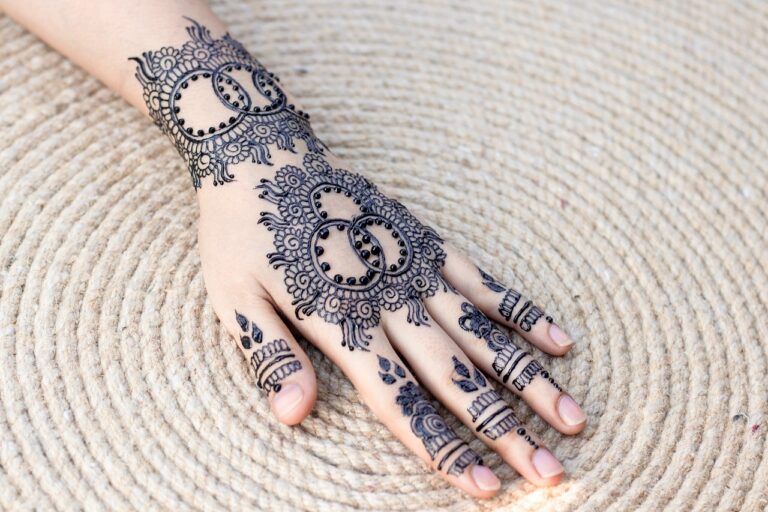The Rise of Virtual Fashion Shows: Navigating Runways in the Digital Age
Virtual fashion shows have emerged as a modern substitute for traditional runways, offering designers a digital platform to showcase their collections to a global audience without the constraints of physical location. These virtual shows enable participants to experience the latest trends and creations from the comfort of their homes, enhancing accessibility and inclusivity in the fashion industry.
On the other hand, traditional runways have long been synonymous with the glamour and prestige of the fashion world, providing a tangible and immersive experience for attendees. The excitement of witnessing models strut down the runway in designer ensembles and the buzz of a live audience create an unparalleled ambiance that virtual shows strive to replicate in a digital space.
Benefits of Virtual Fashion Shows for Designers
Virtual fashion shows offer a range of benefits for designers in today’s rapidly evolving industry. One major advantage is the global reach that virtual shows provide, allowing designers to showcase their collections to a much wider audience than traditional runway shows. Through online platforms and social media, designers can connect with consumers from all corners of the world and increase their brand visibility on a global scale.
Additionally, virtual fashion shows offer designers more flexibility and creative control over their presentations. With the ability to pre-record or livestream shows, designers have the freedom to curate unique digital experiences for their audience. This flexibility allows designers to experiment with new storytelling techniques, innovative presentations, and dynamic visuals that may not be feasible in a traditional runway setting.
– Virtual fashion shows provide global reach for designers
– Connect with consumers worldwide through online platforms and social media
– Increase brand visibility on a global scale
– More flexibility and creative control over presentations in virtual shows
– Ability to pre-record or livestream shows for unique digital experiences
– Experiment with new storytelling techniques, innovative presentations, and dynamic visuals
Challenges of Transitioning to Virtual Fashion Shows
Transitioning from traditional runway shows to virtual fashion events presents a unique set of challenges for designers and brands. One of the main hurdles is the technical aspect of creating immersive digital experiences that can capture the essence of a live fashion show. From mastering virtual production techniques to ensuring high-quality streaming, designers need to navigate the complexities of digital platforms to showcase their collections effectively.
Moreover, the absence of physical interactions in virtual fashion shows can make it difficult for designers to establish personal connections with the audience and industry professionals. Building relationships and networking play a crucial role in the success of fashion shows, and replicating the energy and excitement of a live event in a virtual setting requires innovative approaches and strategies. As designers adapt to this new normal, finding ways to engage viewers and foster meaningful connections online will be essential in overcoming the challenges of transitioning to virtual fashion shows.
What are the main differences between virtual fashion shows and traditional runways?
Virtual fashion shows are digital presentations of collections that can be viewed online, while traditional runways are live events where models walk down a physical runway.
How do virtual fashion shows benefit designers?
Virtual fashion shows allow designers to reach a global audience, save money on production costs, and have more creative control over their presentations.
What are some challenges of transitioning to virtual fashion shows?
Some challenges include technical issues, lack of physical interaction with garments, and the difficulty of creating a captivating digital experience for viewers.







